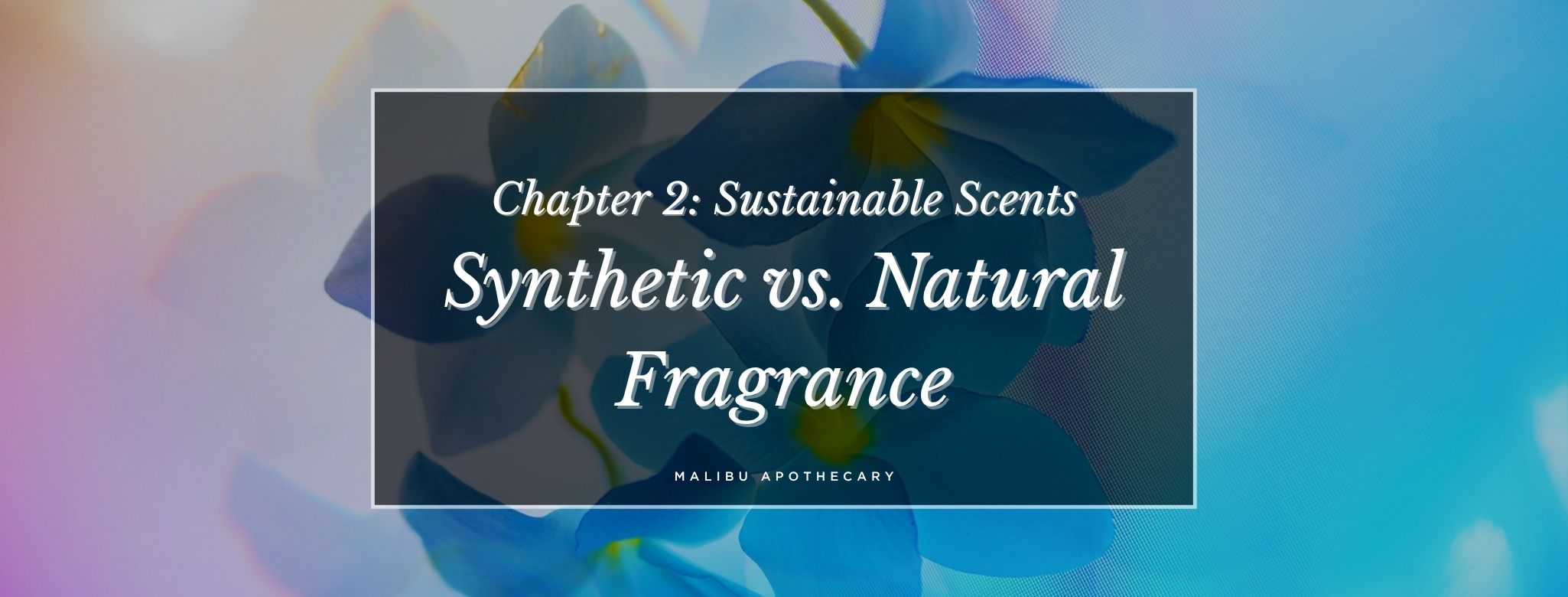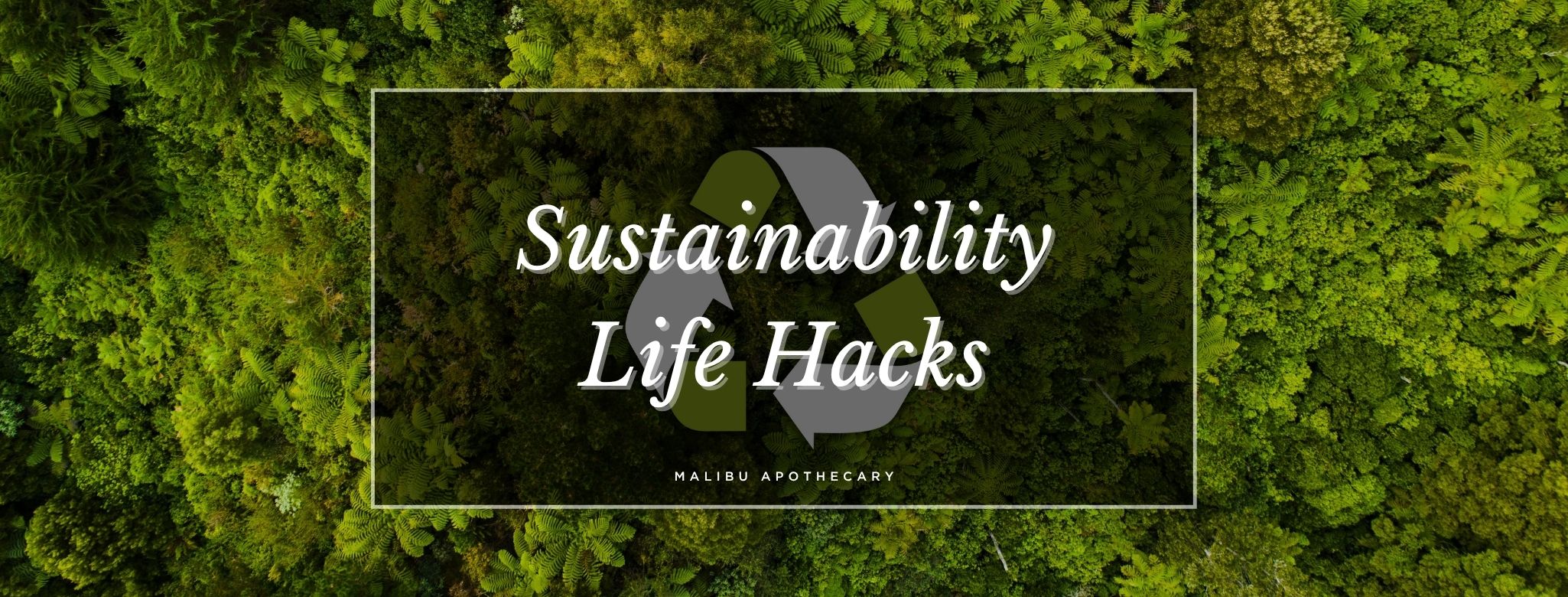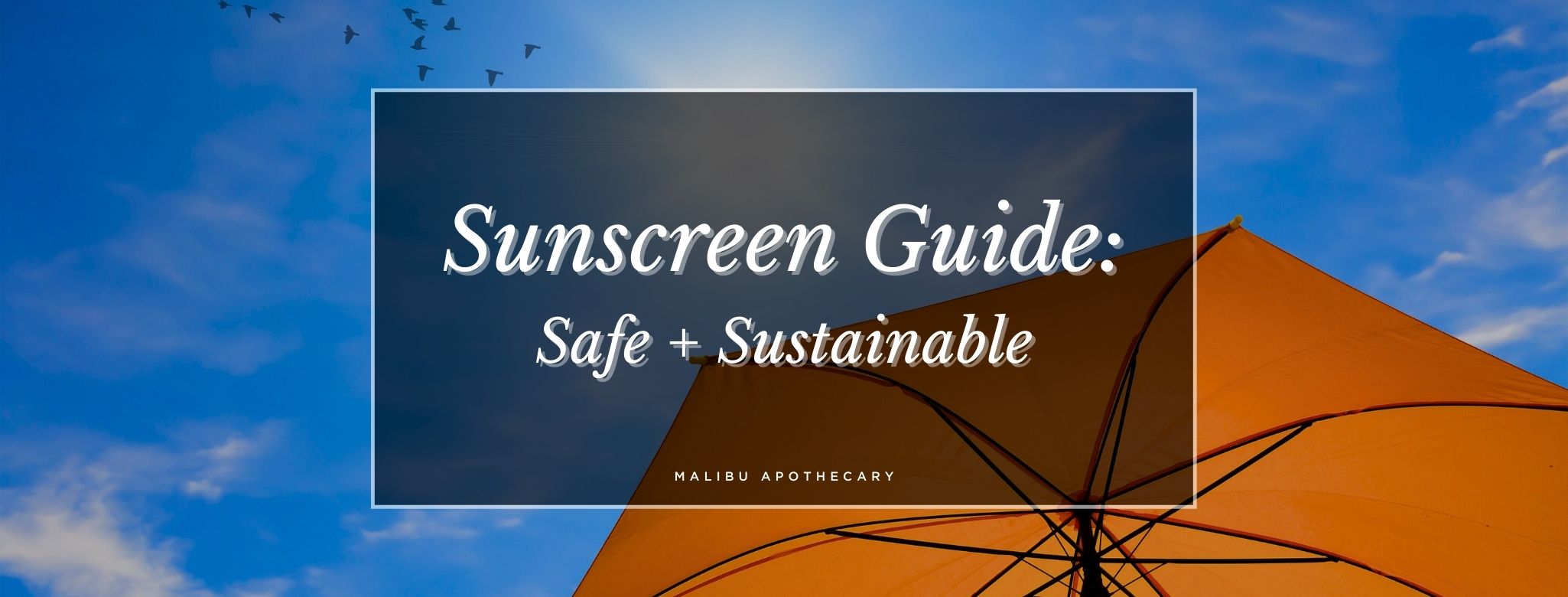The Sunscreen Recall
In case you haven’t heard, there was a recent recall on sunscreens from many major household brands including Neutrogena and Johnson & Johnson. These sunscreens were taken off shelves immediately after it had been discovered that they contain benzene. Our blog post dives further into toxic chemicals commonly found in beauty products, including candles. We refrain from using any toxic chemicals making our candles 100% safe for you. Benzene, specifically, is linked to lung cancer and asthma.
Which sunscreens were recalled and which still contain Benzene?
The following sunscreens making headlines that were recalled are the following:
- Neutrogena® Beach Defense® aerosol
- Neutrogena® Cool Dry Sport aerosol
- Neutrogena® Invisible Daily™ defense aerosol
- Neutrogena® Ultra Sheer® aerosol
- Aveeno® Protect + Refresh aerosol

Unfortantely, these are not the only sunscreens containing this chemical, or even others that are harmful to our health and easily absorbed by the skin. Many common household brands like Sun Bum, Neutrogena, Banana Boat, and CVS-brand sunscreen were all found to contain unsafe levels of benzene, according to Valisure, an online pharmacy that conducts routine batch tests of common consumer health products. On May 25, Valisure shared a report after testing 294 sunscreen staples and aftercare products with a whopping 78 of them containing benzene, a known carcinogen that has been linked to harmful effects in humans such as cancer and other serious medical conditions.Here is a full list of their report linked with some of the 78 listed below:

- CVS Health Spray After-sunAloe Vera Soothing Spray
- Fruit of the Earth Gel Aloe Vera Gel
- Sun Bum Gel Cool Down Gel
- Banana Boat, Spray, Kids Max Protect & Play Sunscreen SPF 100
- Max Block, Lotion, Sport Sunscreen Lotion Water Resistance Blue 30 SPF
- Walgreens, Lotion, Sunscreen Sport SPF 50
- La RochePosay, Spray, Anthelios Sunscreen Lotion Spray SPF 60
- Equate, Lotion, Kids Broad Spectrum Sunscreen Lotion, SPF 50
- Aveeno, Lotion, Baby Continuous Protection Sensitive Skin Sunscreen Lotion Broad Spectrum SPF 50
- Up & Up, Gel, Clear Aloe Vera Gel
- Raw Elements, Lotion, Eco Formula Sunscreen Lotion SPF 30
- SunBurnt, Gel, Advanced After-Sun Gel
- Goodsense, Lotion, Sunscreen Lotion SPF 30
- EltaMD, Spray, UV Aero Broad-Spectrum Full-Body Sunscreen Spray, SPF 45
What is Benzene?
Benzene is composed of “crude oil, gasoline, cigarette smoke” and is commonly used in plastics and pesticides [1]. It is very toxic for humans and can even cause death. One of the main reasons for why someone could come into contact with benzene is due to emissions from a vehicle.
Yikes. How does a chemical with the dangerous caliber of benzene get into sunscreen? It most likely found its way into the products via contamination while being produced.
How to tell if your sunscreen has benzene?
Unfortunately, consumers cannot tell if a product has benzene just by looking at the bottle or its ingredients. However, there are many other ways to tell if the sunscreen you buy is safe and sustainable or not. [1]
Besides harmful chemicals, another big reason to buy safe and sustainable chemicals is because of the damage sunscreen can have on coral reefs. Sunscreens with toxic chemicals have an extremely negative effect on marine life and their ecosystems.[2]

How do you purchase a “reef safe” sunscreen?
Make sure that your sunscreen does not have the following chemicals:
- “Oxybenzone
- Octinoxate
- Octocrylene
- 4-methylbenzylidene camphor
- PABA
- Parabens
- Triclosan
- Any or “nano-sized” zinc or titanium (if it doesn’t explicitly say “micro-sized” or “non-nano” and it can rub in, it’s probably nano-sized)
- Any form of microplastic, such as “exfoliating beads””[2]

SPF 50
Another good indicator of buying a safe sunscreen is knowing that sunscreen with an SPF higher than 50 is most likely a scam. SPF above 50 is very misleading because there is no evidence yet that an SPF above 50 is more effective than SPF 37. Moreover, people who use SPF 50+ tend to think that they can apply it once a day and be out in the sun for an overly extended time period. This is false and often leads to many issues for the consumer, long and short term. To be safe, buy sunscreens that have an SPF with a minimum of 30.[3]

So...how do you pick the best sunscreen for you while being safe and sustainable?
As we discussed earlier, be sure to double check all labels from now on! It is important to make sure that no toxic chemicals are listed as active ingredients. While you are there, check to see if your sunscreen is waterproof. This is a deal breaker or maker because sunscreens that are water resistant should be reapplied on a schedule of every two hours. Many people do not think about this but there is no point in putting on sunscreen at 8 AM and being in the sun until 6pm. The sunscreen will be very faded and ineffective. Knowing that your sunscreen is waterproof gives you the luxury of knowing that it must be reapplied every two hours to get its maximum results.No matter what sunscreen you buy, always remember that your self care doesn’t stop there! Be sure to protect your eyes with sunglasses, wear hats to protect your face and scalp, and reapply frequently! [4]
Best Sunscreens -

100% REEF SAFE SUNSCREENS
HIGH SPF SUNSCREEN
BEST FACE SUNSCREEN
BEST BUDGET SUNSCREEN
BEST FACE MAKEUP WITH SUNSCREEN
BEST OVERALL
Native Coconut & Pineapple Sunscreen or Unscented, naturally derived zinc oxide - SPF 30 - $20 For Body Sunscreen
Sources:
Ellis, Claire. “What Are Phthalates?” Malibu Apothecary, Malibu Apothecary, 19 Nov. 2020, malibuapothecary.com/blogs/clean-candles/what-are-phthalates?_pos=1&_sid=19e5ba6de&_ss=r.
LaMotte, Sandee. “Sunscreen Recall: What the Finding of a Cancer-Causing Chemical Means for You.” CNN, Cable News Network, 17 July 2021, www.cnn.com/2021/07/17/health/sunscreen-recall-cancer-wellness/index.html.
Mukherjee, Tiarra, et al. “6 Steps for Choosing a Clean and Safe Sunscreen: Everyday Health.” EverydayHealth.com, www.everydayhealth.com/skin-beauty/steps-choosing-clean-safe-sunscreen/.
Sunscreens, EWG's Guide to. “EWG's Guide to Safer Sunscreens.” EWG, www.ewg.org/sunscreen/report/whats-wrong-with-high-spf/.
“Your Guide to Reef Friendly Sunscreens.” Surfrider Foundation, www.surfrider.org/coastal-blog/entry/your-guide-to-reef-friendly-sunscreens?gclid=CjwKCAjwlrqHBhByEiwAnLmYUEJXRkUK63jb5T36LJInA-blqvvy5nyE1Vx3VTX4nyqQP-kuD8US3RoCb9AQAvD_BwE.
https://www.valisure.com/wp-content/uploads/Valisure-Citizen-Petition-on-Benzene-in-Sunscreen-and-After-sun-Care-Products-v9.7.pdf
Read more

A discussion on if naturals are truly more sustainable than synthetics or not. We'll go over the differences, when to use which, and why one may or may not be better than the other.

There are so many little things you can implement in your daily life to increase your sustainability. Let’s go over our top five life hacks that will make a big difference!

Leave a comment
All comments are moderated before being published.
This site is protected by hCaptcha and the hCaptcha Privacy Policy and Terms of Service apply.